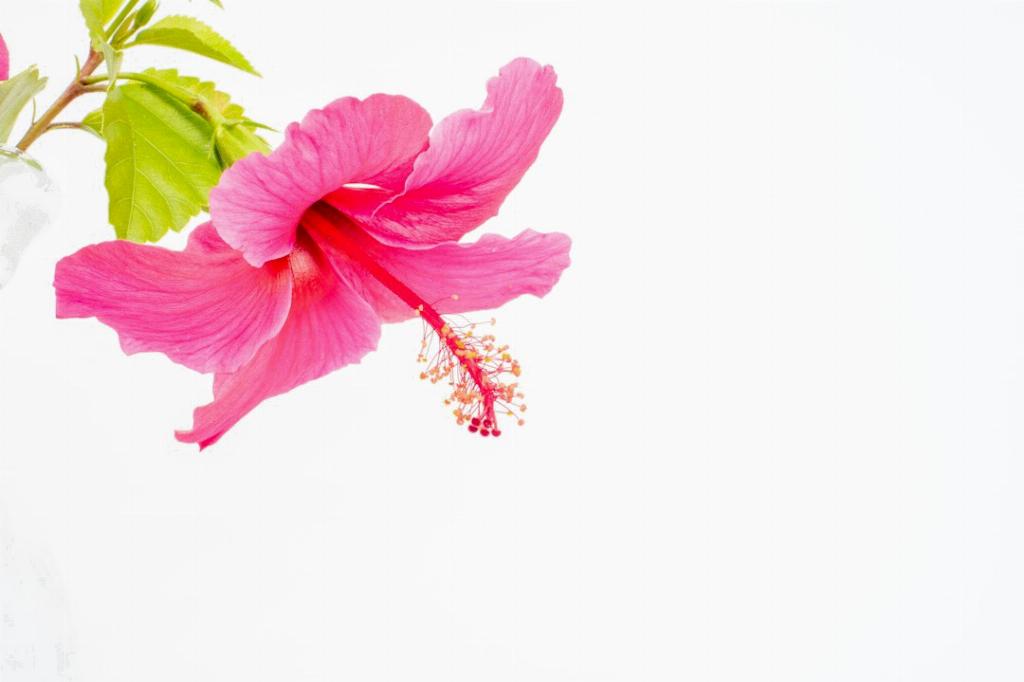When pondering the question of where the hibiscus grow, it’s important to delve into the diverse habitats in which this vibrant and enchanting flower thrives. One of the primary species, Hibiscus sabdariffa, from which the popular hibiscus tea is derived, has its origins rooted in West Africa. However, this species has journeyed beyond its place of origin and can now be found flourishing in various regions across Central America, the Caribbean, and notably, Florida.
The roselle plant, known for its distinct red calyces used to produce the tangy roselle juice, has found its way into the hearts and gardens of individuals across the globe. Referred to as bissap, wonjo, foléré, and other names in different parts of the world, this member of the Hibiscus family has adapted well to diverse climates and soils.
Turning our gaze to the ornamental varieties of hibiscus, often admired for their large, colorful blooms, these plants grace landscapes in regions with warm climates. Hibiscus plants, including the tropical Hibiscus rosa-sinensis and hardy Hibiscus syriacus, can be spotted adorning gardens in Mediterranean climates, tropical zones, and even in temperate regions where they are treated as annuals or grown in containers.
Not limited to a single continent, the hibiscus has established its presence in almost every corner of the world, adapting and thriving in environments ranging from humid tropical regions to drier, arid landscapes. Its versatility and resilience have allowed it to carve a place for itself in the hearts of gardeners and nature enthusiasts worldwide.
From the sun-kissed shores of the Caribbean to the bustling streets of Africa, the hibiscus stands as a symbol of beauty and diversity. Its ability to bloom and flourish in various climates underscores its universal appeal, making it a beloved addition to landscapes and gardens across the globe.
Whether cultivating hibiscus for its aesthetic charm, medicinal properties, or culinary uses, enthusiasts can find joy in witnessing these plants thrive in their respective environments. The hibiscus’s adaptability and resilience serve as a testament to nature’s incredible capacity for diversity and evolution.
As we marvel at the sheer range of habitats where the hibiscus thrives, it becomes evident that this flowering plant has transcended geographical boundaries and embraced the world as its canvas. Its vivid hues and delicate petals serve as a reminder of the beauty that can be found in the most unexpected of places.
From the lush rainforests of Central America to the arid deserts of Africa, the hibiscus has found a home in landscapes teeming with life and vibrancy. Its presence adds a touch of color and vitality to spaces that might otherwise seem barren, infusing them with energy and vitality.
Despite its widespread presence, the hibiscus manages to retain its individuality and unique charm, reflecting the diverse cultures and environments in which it thrives. Each bloom tells a tale of resilience and adaptability, a testament to the plant’s ability to flourish in the face of adversity.
As we explore the myriad landscapes where the hibiscus takes root, we come to appreciate the interconnectedness of nature and the enduring beauty of this iconic flower. Its widespread cultivation and admiration serve as a reminder of the universal appeal of nature’s creations, transcending borders and boundaries.
So the next time you admire a hibiscus in full bloom, remember the journey it has taken from its origins in West Africa to the far reaches of the globe. Each petal, each leaf, and each stem tell a story of resilience, adaptability, and the enduring beauty of nature in all its forms.

